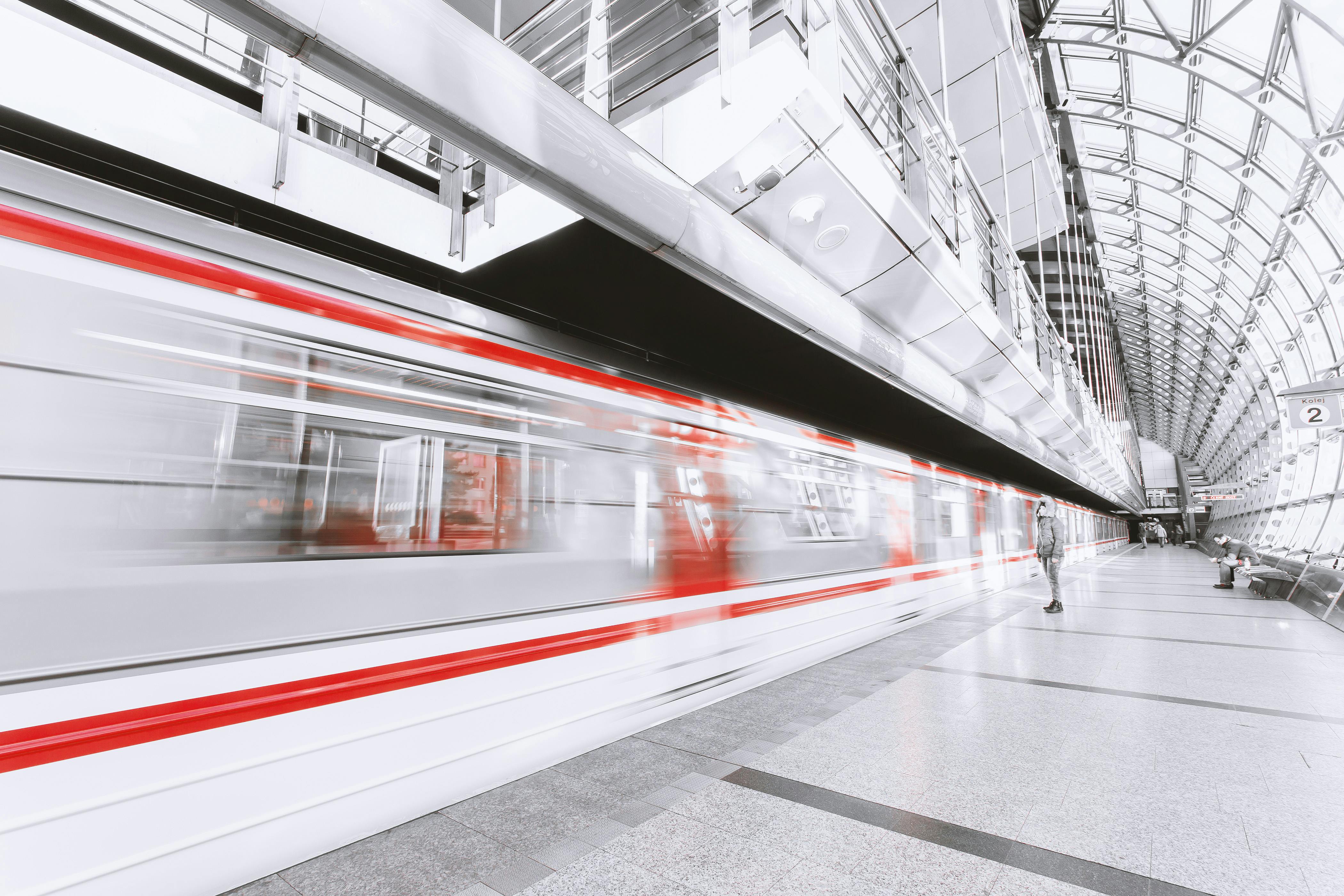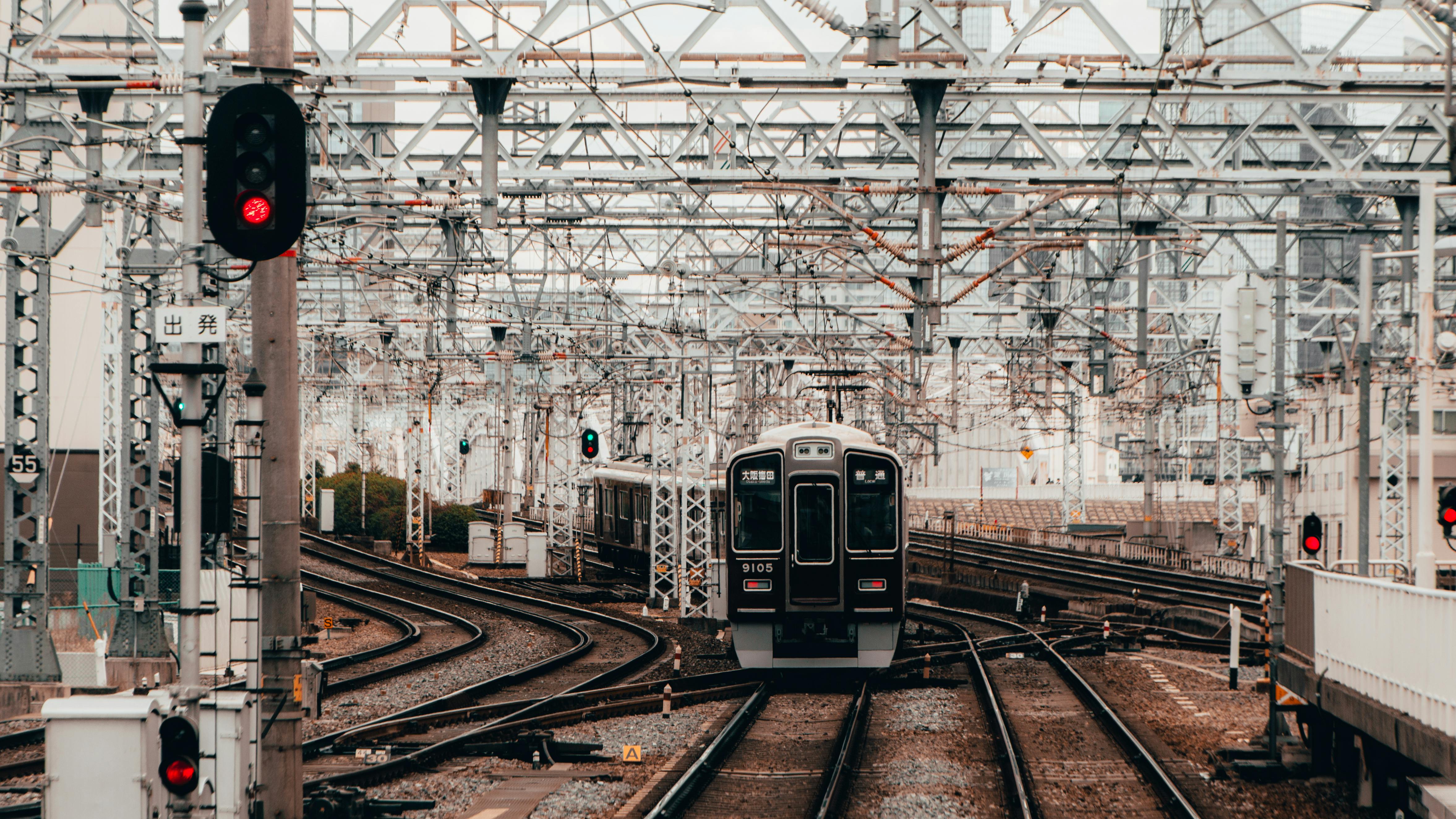Europe’s railways are a vital part of the continent’s infrastructure, connecting cities and regions while providing sustainable and comfortable travel options for both passengers and freight. Yet, despite their impressive reach and technological advances, European rail networks have long been hampered by fragmentation and limited interoperability. This article explores railways through the lens of economic platform theory, highlighting how network effects, compatibility, and regulatory efforts are shaping the future of European rail transport—while drawing essential lessons from both history and the digital economy.
Physical vs. digital platforms
The platform model—entities that enable interactions and leverage network effects—has been central to economic activity for centuries, long before the advent of digital platforms. Physical platforms have a long history and encompass numerous examples that extend beyond digital technology. Traditional postal systems are classic platforms: they connect senders and receivers, standardize processes, and enable broad communication across regions and countries. Financial exchanges, such as stock markets, also serve as platforms by bringing together buyers and sellers of securities, managing the rules of trade, and providing price discovery mechanisms. Telephone networks are another enduring example, as they have become more valuable with the growth of users and interconnected exchanges, creating positive feedback through network effects. Marketplaces, ports, and fairs historically operated as platforms by gathering various economic actors in one place, facilitating exchanges, and setting norms to maximize the benefits of their network.
Railways serve as another classic example of platforms in the economic sense, as described by Belleflamme and Peitz (2021). By coordinating infrastructure, access, and scheduling, railways do not merely move trains—they nurture an ecosystem where increased participation amplifies the benefits for all agents connected to the network. The more people and companies use the railways, the greater the utility for everyone involved, due to better connectivity, more efficient service, and enhanced possibilities for new economic linkages.
Compatibility and interoperability: The key to expansion
For physical platforms to realize their full potential, interoperability and compatibility are essential, as they enable different systems, devices, or networks to work together seamlessly, thereby amplifying network effects. Network effects occur when the value of the platform increases as more participants join and interact. If different parts of a postal network cannot interconnect, the growth in users does not translate into higher value for all, since barriers fragment the ecosystem. Compared to digital platforms, achieving interoperability and compatibility in physical platforms often requires more substantial investments in standardization (such as standardized communication protocols for telephone networks), which can be technically complex and expensive to implement or alter.
The European railway sector vividly demonstrates how limited compatibility and interoperability can constrain the reach and strength of network effects, ultimately diminishing the platform’s overall value potential.
Learning from the past: Railway track gauge (in)compatibility
It all started with the historical choice of railway track gauge—the distance between rails. As documented by Puffert (2002), early railway builders often opted for standards based on regional preferences or technical considerations, without anticipating the future value of a unified long-distance network. This led to a patchwork of gauges, which initially was not seen as a problem, since most traffic was local and compatibility mattered little.
Over time, as the benefits of broader connections became clear, the value placed on compatibility grew. Still, some countries—most notably Russia and Spain—maintained unique standards due to their geographic isolation and limited early exchange with the European core. Reversing these standards later proved challenging and expensive as their networks expanded.
The modern maze: European rail today
Despite high-speed trains and luxurious carriages, European rail travel can still feel like navigating a maze, as switching between different national networks often requires awkward transfers and dealing with multiple companies. As illustrated in a recent Guardian article, countries differ markedly along several crucial dimensions: infrastructure, rules, information about train times, fare structures, and digital tools for ticketing and travel management. To this day, no single pan-European platform is available for travelers. However, several private digital intermediaries—such as Trainline, Rail Europe, and Omio—have emerged to help bridge this gap by aggregating schedules and ticket sales from a broad range of national and private train operators, making cross-border rail journeys more accessible and user-friendly. Yet, despite these efforts, European train travel remains characterized by fragmented planning, complicated ticketing, confusing timetables, and inconsistent digital tools.
All these hurdles prevent train travel from delivering its full benefits. For passengers, trains offer superior comfort and space compared to cars or planes, with the ability to move freely, enjoy larger seats, access amenities like WiFi and power outlets, and experience scenic views during their journey. Train stations are often centrally located in cities, making connections easy and reducing the need for long commutes to distant airports. Unlike air travel, trains spare travelers lengthy security checks and baggage fees, allowing for a more relaxed and hassle-free trip. From an environmental perspective, trains are among the most eco-friendly modes of transportation, typically producing far less CO2 per passenger than planes or cars, and using less energy overall. Many modern trains are powered by electricity, which further reduces their carbon footprint and supports broader sustainability goals. In summary, trains strike a balance between comfort, accessibility, and environmental responsibility, making them an attractive choice for travelers and a valuable ally in combating climate change.
The (rail)road ahead
Multiple reports and policy documents highlight what can and should be done to improve interoperability and connectivity within European railways. A key priority is the rollout of the European Rail Traffic Management System (ERTMS), which harmonizes signalling and control systems, replacing the multitude of national safety systems and enabling seamless cross-border train operations. The European Commission has set ambitious targets: the entire Core Trans-European Transport Network (TEN-T) is to be equipped with ERTMS by 2030, with the comprehensive network expected to be fully equipped by 2050. Progress varies across countries, but the underlying goal remains clear: technical standardization, harmonization of safety and operational procedures, and strategic investment are critical for transforming fragmented national networks into a unified European system. In other words, these efforts are crucial for elevating network effects from a local scale to a truly global level.
In addition to technical upgrades, regulatory initiatives like the EU’s Fourth Railway Package are designed to harmonize rules, reduce administrative barriers, and foster competition and integration in the rail market. The European Railway Agency (ERA) spearheads much of this work, developing and monitoring the implementation of technical specifications and safety standards, while also coordinating with national authorities. Experts also recommend dedicating more resources to the ERA, increasing financial support for infrastructure modernization under the Connecting Europe Facility (CEF), and agreeing on long-term, standardized versions of ERTMS to prevent fragmentation and delays in deployment. These combined efforts aim to deliver uninterrupted, reliable, and sustainable rail services across Europe, thereby enhancing both passenger and freight connectivity well into the future.
Interoperability and competition
There is broad recognition among policymakers and industry experts that increased interoperability and compatibility bring significant competition-related benefits to the European railway sector. Fragmented national regulations and technical standards have traditionally created barriers for new entrants, making cross-border operations both costly and complicated, and stifling competitive pressure that could otherwise lead to better services and lower prices. The European Commission’s successive Railway Packages have specifically aimed to harmonize technical requirements and liberalize markets—opening freight and passenger services to competition while promoting interoperability.
Interoperability, by facilitating the seamless operation of trains across national borders without expensive modifications, lowers market entry barriers. This enables both domestic and foreign operators to compete more effectively on a pan-European scale, benefiting consumers through increased choice, innovation, and efficiency. Moreover, from a competition policy perspective, interoperable systems reduce opportunities for discriminatory practices and infrastructure-based protectionism, thereby ensuring fair and non-distorted market conditions. As highlighted by ERA and the European Commission, the ultimate goal is a Single European Railway Area where competition can flourish unimpeded, with interoperable technical and legal frameworks supporting sustainable and consumer-friendly rail markets.
Conclusion
The story of European railways illustrates the enduring importance of interoperability and compatibility in unlocking the full benefits of physical platforms. While technical and regulatory fragmentation have traditionally limited network effects and stifled competition, coordinated efforts at the EU level—such as ERTMS rollout and harmonization initiatives—point the way toward a seamless, integrated railway system. Achieving this vision will mean better connectivity, more competitive markets, and enhanced value for travelers and society alike, reaffirming that the principles underpinning platform economics remain essential for both physical and digital networks.
(During the preparation of this post, the author used GenAI tools to collect ideas and improve the expression. After using these services, the author reviewed and edited the content as needed. The author takes full responsibility for the publication’s content. Photos by author or royalty-free photos from Pexels.com.)




